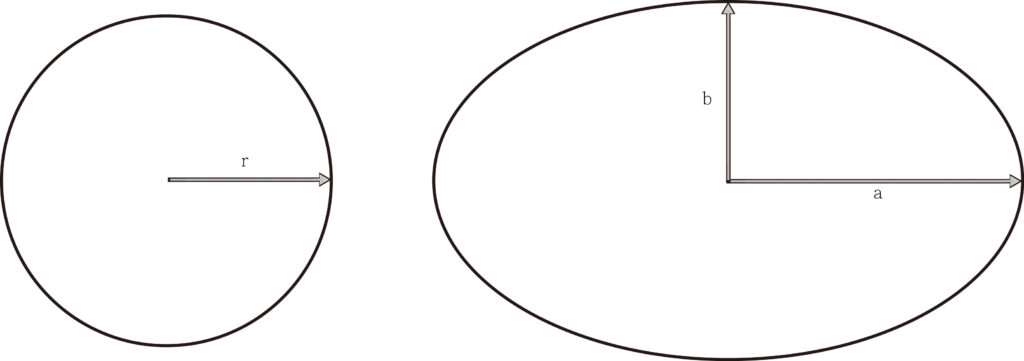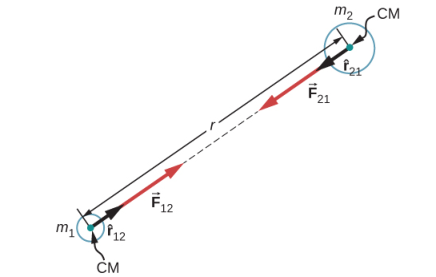Planetary orbits. Did you know that our planets in the solar system orbit the sun in an ellipse and not a circle? What's an ellipse and what's a circle? Check the diagram below:

In fact, a circle is just a special case of an ellipse. Today the intention is to plot the orbits of my home planet! Using very simple concepts and somewhat advanced programming we’ll be able to plot the orbits of our home planet, and as usual let me introduce the theoretical tools we need (not so many in this challenge). For this problem we will use Newton’s law of gravitation in vector form, we must obtain the analytical solution of the two-body problem, and some knowledge of algorithms that can solve differential equations. We will compare the analytical solution to the numerical one and see how well they match.
Why is it important? Because in physics you solve problems numerically rather than analytically more often than not, that’s why programming has become such an important part of physics. When we solve things both analytically and numerically we somewhat test out our numerical accuracy, otherwise we would model planetary orbits that could be just made up and have no connection to reality. You always test your model, if possible.
The magnitude of the force of gravity is given by \(F = G\dfrac{m_1m_2}{r^2}\)

Here is w
Acceleration is \(a = \frac{F}{m}\) which is the force expression above divided by the mass of the body to obtain the acceleration of that body. This is why getting hit by a truck yeets you 10 meters up in the air but the truck moves as if nothing had happened even though the force is equal and opposite on both bodies, what is different is the mass. In the expression for acceleration you see that the higher the mass, the lower acceleration the body will have, so the truck has such a huge mass that the force does nothing to it (in other words barely accelerates it) meanwhile your mass is tiny, so your acceleration is huge.
We can use an algorithm called leapfrog that helps us find position and velocity if we calculate the acceleration at a point. There are other methods, but leapfrog is quite accurate and conserves energy! If you are interested in algorithms be sure to check this Numerical compendium out.
But what is the acceleration on a small planet with mass m by a large planet with mass M? \(a_m=G\dfrac{mM}{r^2}\cdot\dfrac{1}{m}=G\dfrac{M}{r^2}\) . Now given the equation for the acceleration due to gravity, we see that the acceleration depends on 2 variables, the distance between the two bodies, and the mass of the massive star, G is just a constant. The mass of my massive star is 0.6515189276464294 in solar masses. What is one solar mass? Well it’s the mass of our sun which is 1.989 × 10^30 kg (27 zeros mind you), so this star is about 65% the size of our sun. Let’s put that in perspective, shall we? Let’s say you have a basket and you can add however many earth’s you can inside of that basket to match the weight of our sun. One earth is 5 970 000 000 000 000 000 000 000 kg, do you know how many earths you need to add to that basket to make it weigh as much as our star? 100 times? No really, give it a quick guess. You have to add TWO HUNDRED AND SIXTEEN THOUSAND EARTHS. Not even I can deadlift that kind of weight.
How about the analytical solution? Join me here to find out.